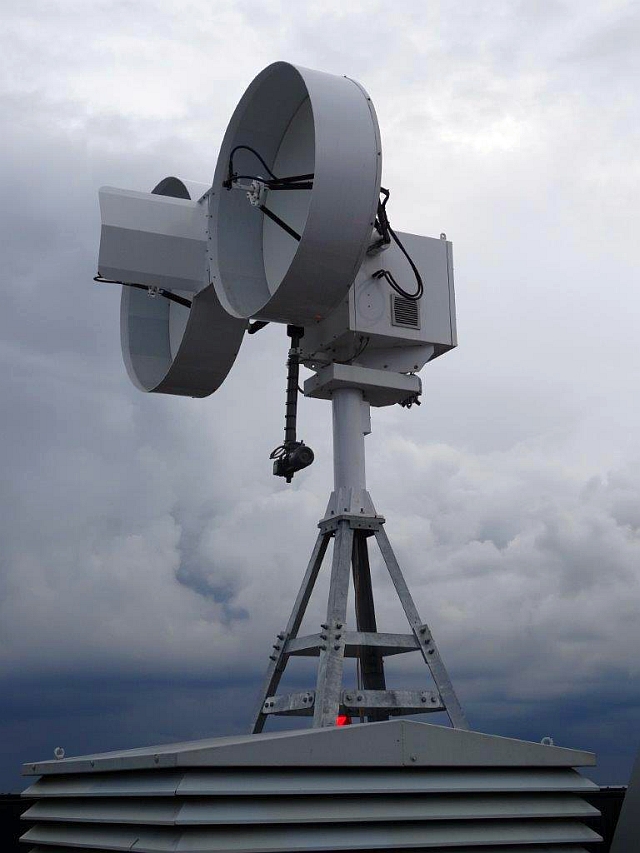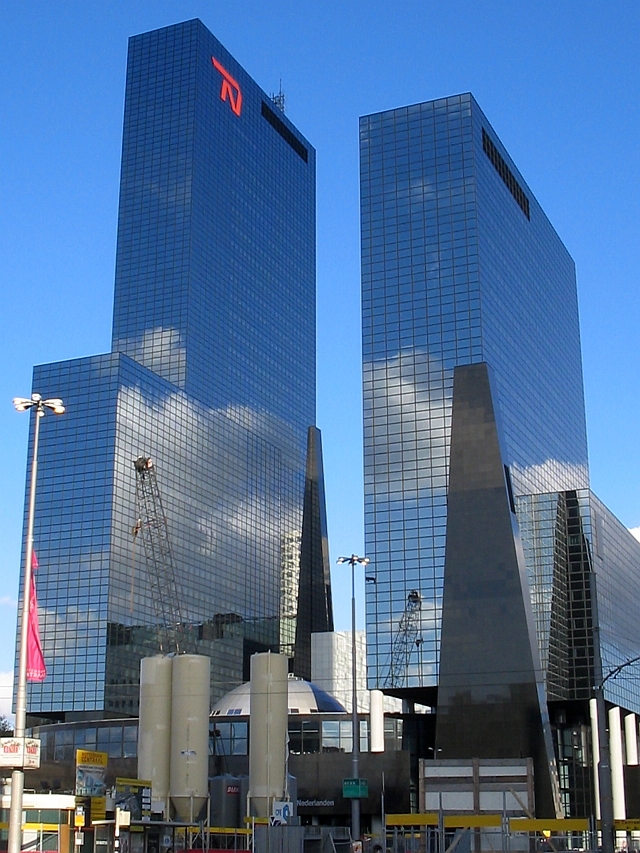New high-resolution scanning X-band FMCW polarimetric Doppler radar is finally mounted on the roof of Delftse Poort (Nationale Nederlanden) in Rotterdam. It was done in the framework of the Raingain project with the goal to provide the high resolution precipitation mapping sensor information to Rotterdam municipality services. Our group will support the development of signal and data processing algorithms, the radar maintenance and data acquisition. The combination of this radar with our existing radars (PARSAX, IDRA, MESEWYI) also opens new possibilities to study further the atmospheric targets characteristics using spatially distributed, multifrequency radar systems.
Blog Archives
Delft moves up the QS Rankings
TU Delft has moved up the global QS Rankings this year, from 86th to 64th place. In the national rankings table TU Delft has climbed from 4th to 2nd place.
In the subject rankings for ‘Engineering & Technology’ TU Delft is in 19th place (16th in 2014), and for ‘Natural Sciences’ it is in 66th place (79th in 2014). TU Delft is ranked first in the Netherlands for both these subject areas. The rise can partly be explained by refinements made to the way in which the rankings are calculated and compiled.
For the electrical & electronic engineering we are ranked on 50th place this year.
Six indicators and five subject areas
The QS World University Rankings is a rankings table that covers what are approximately the top 900 universities, selected from around 3,500 universities around the world. The universities are ranked on the basis of six indicators: academic reputation, reputation of alumni among employers, staff/student ratios, citations per academic employee, international students and international employees. In addition to the general rankings table, there are five subject rankings for the following areas: Arts & Humanities, Engineering & Technology, Life Sciences & Medicine, Natural Sciences and Social Sciences & Management.
International staff
TU Delft has moved up this year for the factor ‘international staff’. This was measured in the same way as it had been in previous years. For other factors, a few refinements made to the methodology that the QS used this year played a role.
Citations and reputation
Traditionally, the extent to which academics are cited has been one of the elements on which universities are compared. Last year, subject areas with relatively high citation rates still counted more heavily than others. This year, the QS has given the five subject areas an equal weighting. This means that the contribution of Life Sciences & Medicine, for example, has fallen from 50% to 20%. In general, the consequence of these refinements has been that universities with medical centres have moved down and universities with Social Sciences, Engineering & Technology and Arts & Humanities faculties have moved up in the ranking. This adjustment has therefore worked in TU Delft’s favour.
A further change in comparison with previous years is that for academic reputation and reputation among employers, the compilers consulted surveys done up to 5 years ago, rather than up to 3 years ago.





